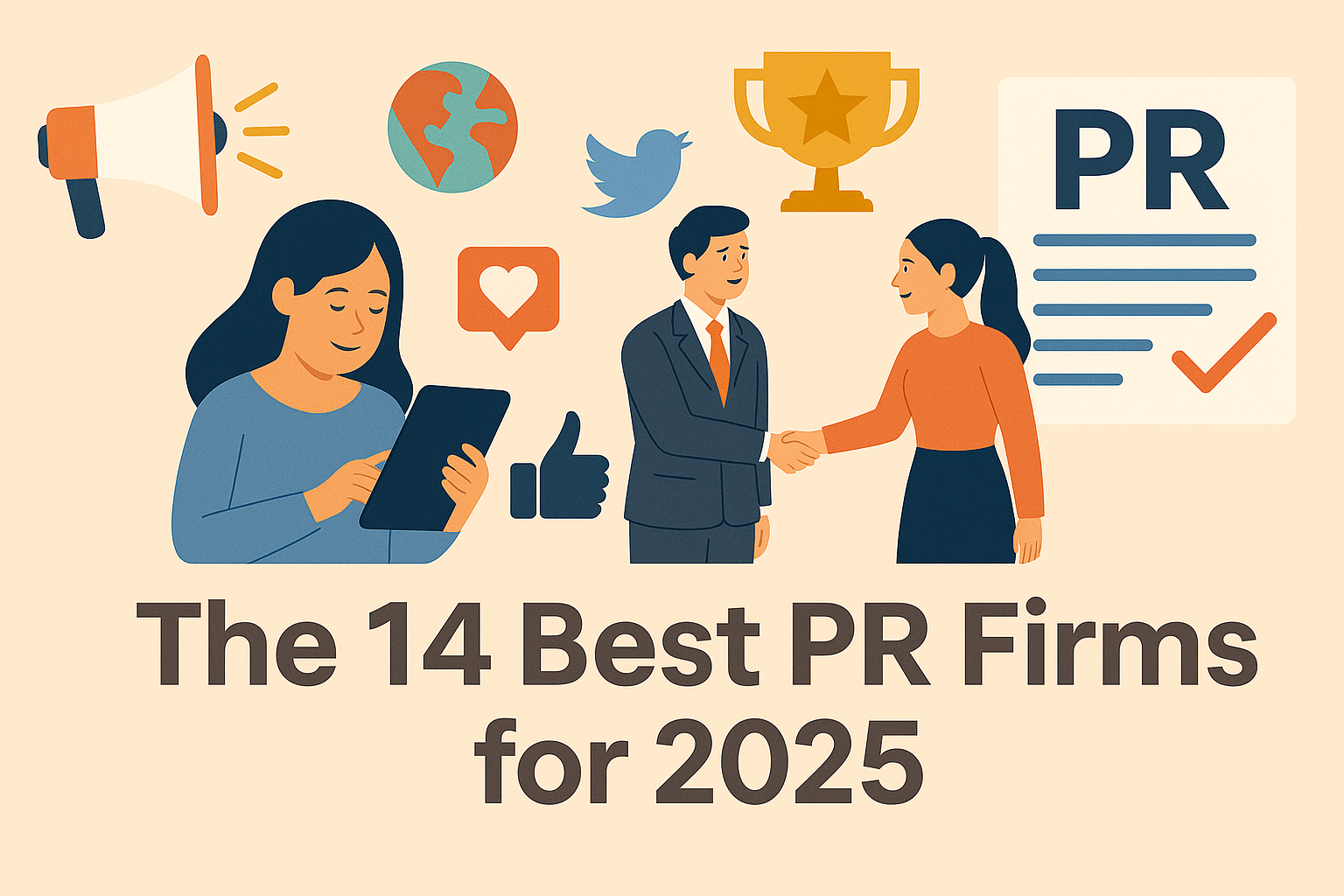Pitching media is more art than science.
But for many B2B tech brands that don’t have a dedicated PR team or work with a PR agency, spending precious time and resources learning the art of the pitch is unrealistic.
Too often, that leads to lukewarm results when the brand works on a PR campaign. Their pitches may get through to a few of the right people, some of whom may follow up—but the full potential of the campaign is never quite reached.
Part of that is due to several very common mistakes that B2B brands tend to make when pitching media, whether that’s a popular industry blogger, a top-tier publication, or a podcast host.
We talked to our expert media specialists Reyne Hirsch and Carolyn Cordrey to hear about the mistakes they often see brands making, and what you should do instead to get the B2B PR results you want.

Carolyn Cordrey

Reyne Hirsch
1. Not doing research on the person they’re pitching.
“Just because someone writes for USA Today doesn’t mean they cover technology stories. Spend time reading previous articles to get an idea of what types of stories they look for.” – Reyne
Journalists, bloggers, and others in the B2B media will blow by your email immediately if you’re pitching them something that doesn’t make sense with their brand or the topics they cover. If you’re very lucky, they’ll forward it to someone who DOES cover those kinds of topics—but more often, your email or message will simply end up in their trash.
To make sure you’re pitching the right person, read their previous articles, look them up on social media, and look at the types of stories, outlets, and brands they’re following and commenting upon.
This will give you a good idea of their professional interest and personal brand. And if they end up not being right for your brand’s story, you may end up finding someone who is through looking at their other media connections.
2. Sending a PR pitch with no hook.
“Essentially this means that there are no tips, no relevance for what is happening in the world, or isn’t a follow-up to a recent story. Generally, media will see these pitches as advertisements.” – Reyne
If you’re pitching a story on your brand, it has to have some kind of hook that makes it worth covering—in other words, it can’t be just a feature on your company. Is there something in the news currently that’s relevant to what your brand is working on? Did you pioneer a new innovation that’s changing your industry at large? Do you have specific tips for other entrepreneurs or brands in your space to share?
Media want stories that offer readers value, whether that’s entertainment, actionable insights, information they can’t get anywhere else, or an informed opinion on what’s happening in the industry. Make sure you have something in your pitch that details what your B2B brand can offer.
Relevant post: 5 PR Tips to Put Your Tech Company on the Radar
3. Including attachments.
This one’s pretty simple. Just don’t do it.
4. Including too much industry jargon.
“Ensure the language being used is easily understandable by a general audience—when in doubt, ask someone who is not part of your company to read your pitch. If they don’t get it, simplify to make your key selling points/product/service more easily understandable.” – Reyne
Industry jargon is definitely something to avoid whenever possible. Like any language that isn’t generally understood, it makes people feel excluded or ignorant—neither of which are things you want your audience to feel!
5. Being too self-serving.
“Don’t be self-serving or you will be offered advertising instead. Provide valuable information that speaks to industry trends. Typically products and solution providers are seen as advertisers and not worthy of news coverage. The way around that (sometimes) is to identify a newsworthy story angle and how the product/solution is solving an industry challenge. Leverage recent industry market research data/stats to elevate a story pitch and increase the likelihood of interest and resulting coverage. Understand that while your product/service may not get directly covered, if you contribute to a story as an industry expert, that builds thought leadership credibility and holds great value. Think inform—NOT sell.” – Carolyn
Even though there’s been a trend toward making advertising appear more and more like actual content (think the “sponsored content” you see in publications from the New York Times to Forbes) it’s critical to remember that there is still a difference.
Relevant post: Key Differences Between PR, Marketing, and Advertising, and When You Should Use Each for Your Brand
Journalists and bloggers won’t accept a pitch that isn’t ultimately geared toward supporting the reader, rather than supporting the brand. PR isn’t where you sell your product or service—that’s what advertising is for.
6. Not following up at all, or following up multiple times
“In a 2021 State of the Media Report by Cision, journalists said one of their top pet peeves is repeatedly following up. While the magic is often in the follow-up, use good sense, and be reasonable and considerate. One follow-up is perfectly acceptable, as reporters and journalists are busy and emails can get lost in the shuffle while they’re working on tight deadlines and inundated with pitches. But be considerate enough not to follow up repeatedly, and consider their non-response after a single follow-up as a ‘no thank you.’” – Carolyn
Effective B2B PR pitching takes some time to learn, but by avoiding these mistakes, you’ll make it more likely your pitches get through to the right person. And if you’d like to talk about what our B2B PR experts can do for your brand, get in touch!





